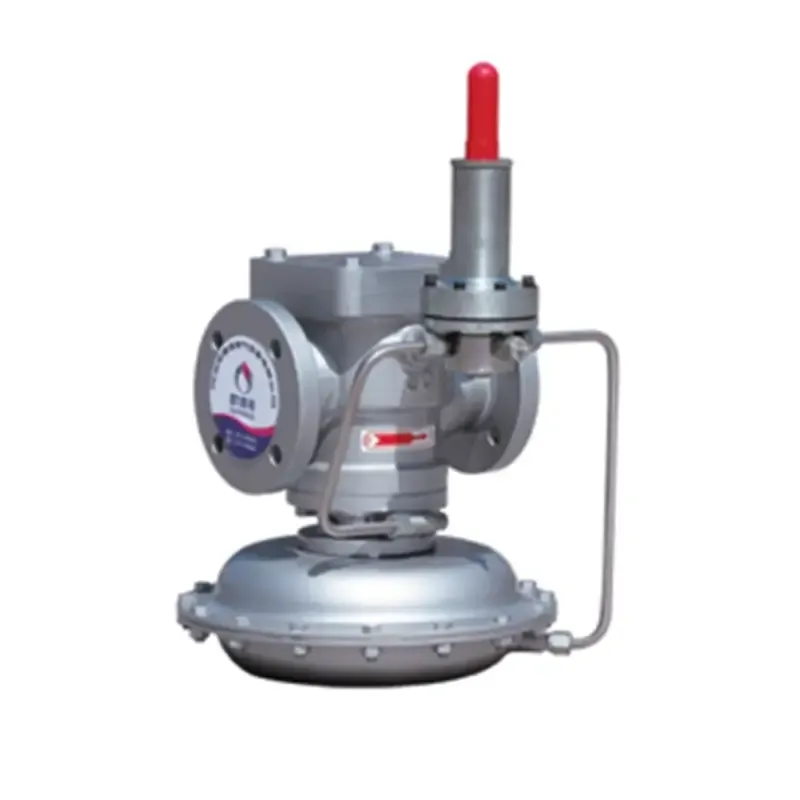
Nov . 17, 2024 06:18
Back to list
صمام التنفيس
Understanding Pressure Relief Valves A Comprehensive Overview
Pressure relief valves, commonly referred to as PRVs, are critical components in various industrial systems, ensuring safety and efficiency in operations. Their primary function is to release excess pressure that can build up within pipelines and equipment, preventing potential failures and catastrophic accidents. This article aims to delve into the significance of pressure relief valves, their types, functioning mechanisms, and applications across different sectors.
The Importance of Pressure Relief Valves
In any pressurized system, whether in manufacturing processes, oil and gas industries, or even in HVAC systems, managing pressure is paramount. Excessive pressure can lead to equipment failure, explosions, or leaks, which not only pose safety risks but can also lead to significant financial losses. PRVs play an instrumental role in maintaining operational safety by ensuring that the pressure within the system does not exceed predetermined limits.
Types of Pressure Relief Valves
There are several types of pressure relief valves, each tailored for specific applications and pressure ranges. The most common types include
1. Spring-loaded Pressure Relief Valves These are the most frequently used type. They operate based on a spring mechanism that opens against a set pressure level, allowing excess pressure to escape. 2. Pilot-operated Pressure Relief Valves These valves utilize a pilot system to manage larger volumes of flow. They are ideal for high-pressure applications, offering precise control over the discharge pressure. 3. Balanced Pressure Relief Valves These valves maintain a constant set pressure, considering variations in upstream and downstream pressure, making them suitable for fluctuating environments.
4. Safety Valves Primarily used in steam applications, safety valves are designed to open fully at a specific pressure, ensuring rapid release of pressure.
5. Relief Valves Often used in liquid applications, they allow for the gradual release of pressure while preventing surges.
Working Mechanism of Pressure Relief Valves
.
1. Monitoring Pressure The valve constantly monitors the pressure within the system. When the pressure reaches the predetermined set point, the valve mechanism prepares to open.
صمام التنفيس

2. Opening the Valve The valve opens in response to the excess pressure. The mechanism, often involving a spring and disc, allows fluid or gas to escape.
3. Relief of Pressure As the fluid or gas escapes, the pressure within the system decreases.
4. Closing the Valve Once the pressure drops back to safe levels, the valve returns to its closed position, preventing backflow and maintaining system integrity.
This cycle ensures that the pressure within the system remains stable and within safe limits.
Applications Across Industries
Pressure relief valves are utilized in a multitude of industries due to their ability to prevent accidents and maintain operational efficiency. Some key sectors include
- Oil and Gas PRVs play a vital role in managing pressure in pipelines and refining processes, where the risk of explosions is significant.
- Chemical Processing In the chemical industry, PRVs are essential for maintaining pressure in reactors and storage tanks, ensuring safe chemical processing and storage.
- Power Generation In power plants, PRVs help in managing the steam pressure in turbines and other critical components.
- HVAC Systems Pressure relief valves are used in heating, ventilation, and air conditioning systems to prevent over-pressurization, ensuring comfort and safety in buildings.
Conclusion
Pressure relief valves are indispensable in managing pressure within various industrial systems. Their ability to prevent excessive pressure buildup safeguards equipment, enhances safety protocols, and ensures operational efficiency. As industries continue to evolve, the design and technology behind pressure relief valves will likely advance, further improving their effectiveness in maintaining safe and stable environments. Proper maintenance and timely inspections of these valves are crucial for ensuring that they function correctly, thus protecting both personnel and equipment from potential hazards. Emphasizing the importance of PRVs not only reinforces safety standards but also underlines their role in sustaining industrial operations worldwide.
Latest news
-
Safety Valve Spring-Loaded Design Overpressure ProtectionNewsJul.25,2025
-
Precision Voltage Regulator AC5 Accuracy Grade PerformanceNewsJul.25,2025
-
Natural Gas Pressure Regulating Skid Industrial Pipeline ApplicationsNewsJul.25,2025
-
Natural Gas Filter Stainless Steel Mesh Element DesignNewsJul.25,2025
-
Gas Pressure Regulator Valve Direct-Acting Spring-Loaded DesignNewsJul.25,2025
-
Decompression Equipment Multi-Stage Heat Exchange System DesignNewsJul.25,2025

